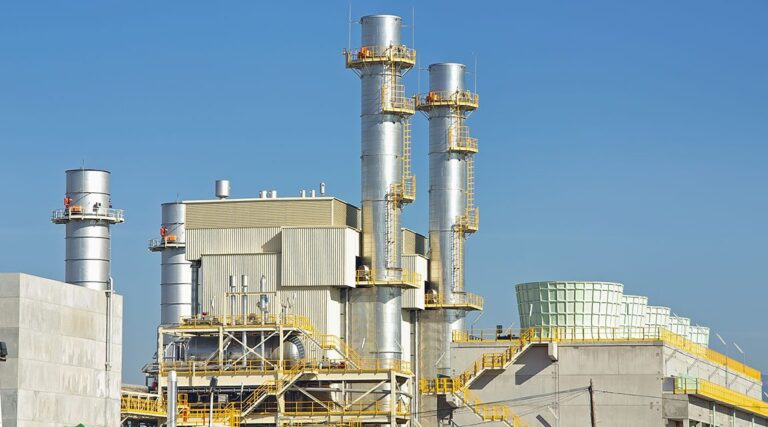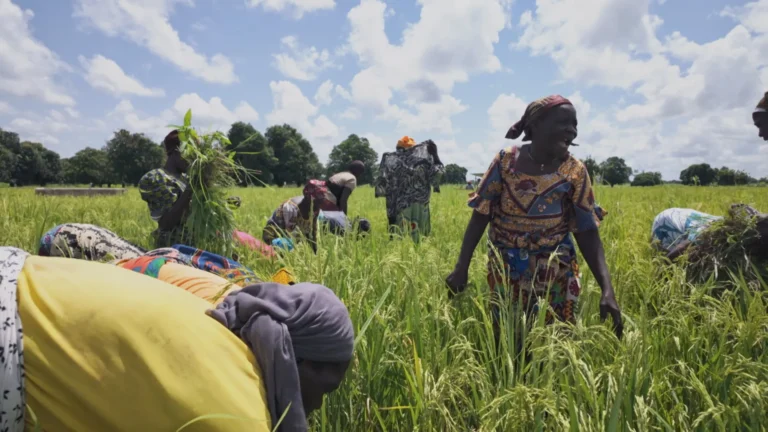
Cereal sector remains heavily reliant on imports, with local production continuing to fall short of the country’s needs despite large-scale investments and efforts to boost output.
A new analysis by the United States Department of Agriculture (USDA) highlights structural weaknesses in Algeria’s farming model.
Wheat production for 2025 is estimated at 3 million tonnes, with barley at 1.35 million tonnes—figures similar to last year but far below national consumption levels. To bridge the gap, imports for the 2024/25 season are forecast at 8 million tonnes, largely sourced from Russia.
The report underscores how productivity in the north of the country remains closely tied to rainfall patterns. Planting was delayed by insufficient autumn rains, while parts of western Algeria saw entire crops wiped out.
Although spring rains helped, overall yields remain below average, reinforcing the climate vulnerability of Algeria’s agriculture.
In the south, the expansion of pivot irrigation has increased cultivated areas to 150,000 hectares—equivalent to 10% of the national harvest. This has been made possible by major investment in equipment and storage facilities.
However, production is still dominated by state-owned groups and a handful of foreign partners. Analysts note that the absence of economic evaluation tools, such as yield-per-hectare benchmarks common in advanced farming systems, hampers efforts to modernise and identify best practices.
While imports are projected to fall slightly from 9.2 million tonnes to 8 million tonnes, the decline is largely attributed to reduced Russian and French shipments.
France has been virtually excluded from tenders by Algeria’s Interprofessional Cereal Office, leaving Russia as the dominant supplier with 1.7 million tonnes delivered in ten months—down from more than 2 million the previous year.
This reliance on Russian supplies, coupled with unstable weather conditions, underscores Algeria’s exposure to both geopolitical tensions and climate risks.
Experts warn that without deeper reforms and genuine productivity gains, the country’s food security will remain vulnerable to external shocks.



